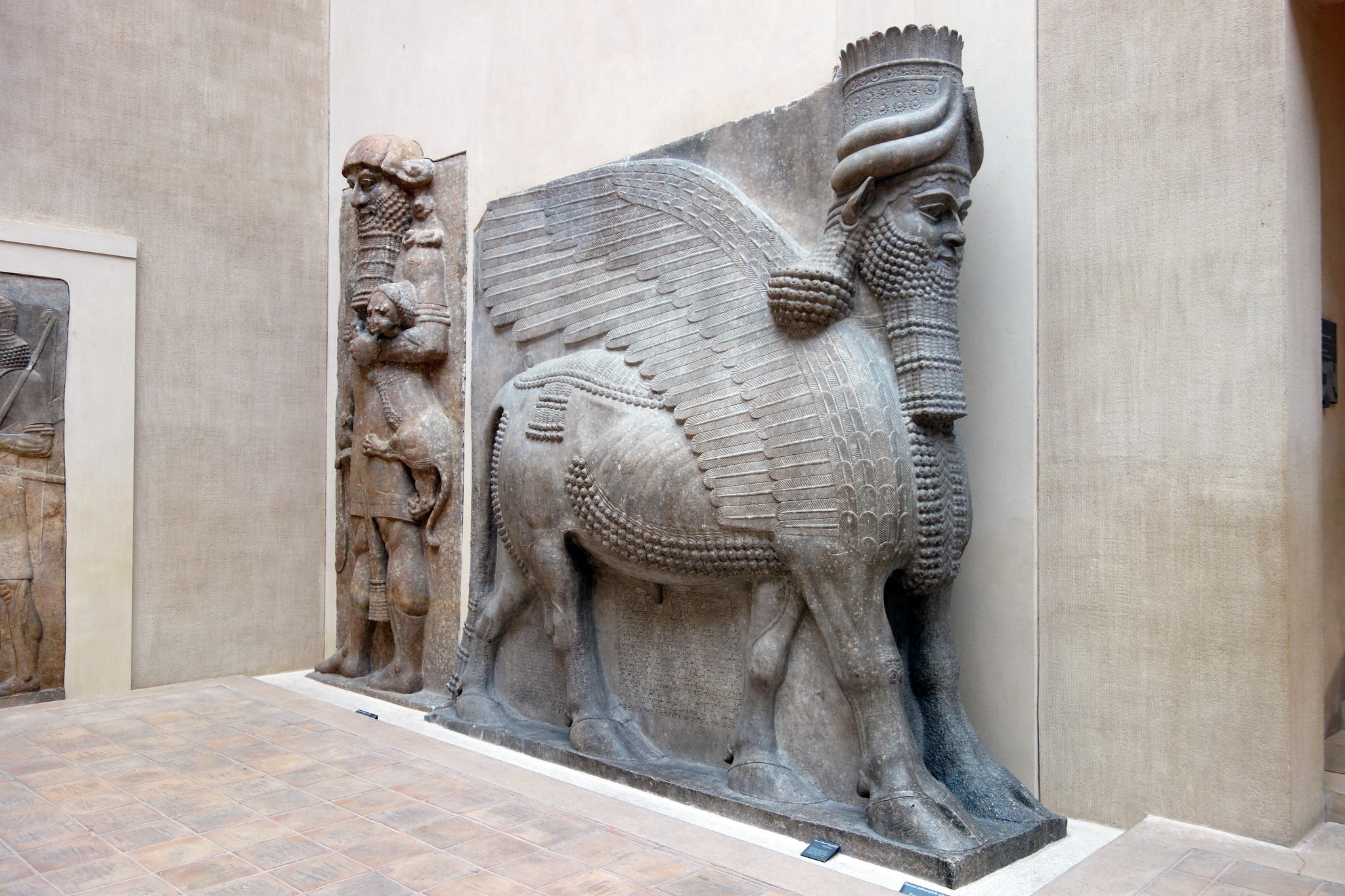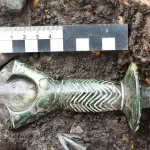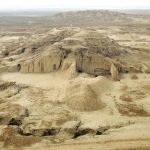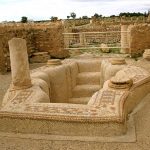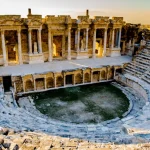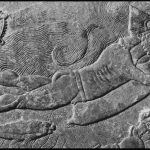The Assyrian Lamassu: Guardians of an Ancient Empire

The Assyrian Lamassu are majestic sculptures that fuse mythological imagery with protective symbolism, standing as enduring icons of Assyrian art and architecture. These colossal figures—part human, part bull, and part bird—once flanked the gates and palaces of ancient Assyria, serving both decorative and spiritual functions. This article delves into their origins, intricate design, symbolic meaning, and lasting influence.

Originating in the ancient Assyrian Empire, which spanned from the 25th to the 7th century BCE in the region of Mesopotamia (modern-day Iraq), the Lamassu reached their most recognized form during the Neo-Assyrian period (911–609 BCE). The Assyrians, renowned for their military strength and architectural innovation, commissioned these imposing statues as protective spirits to safeguard their cities and royal compounds.
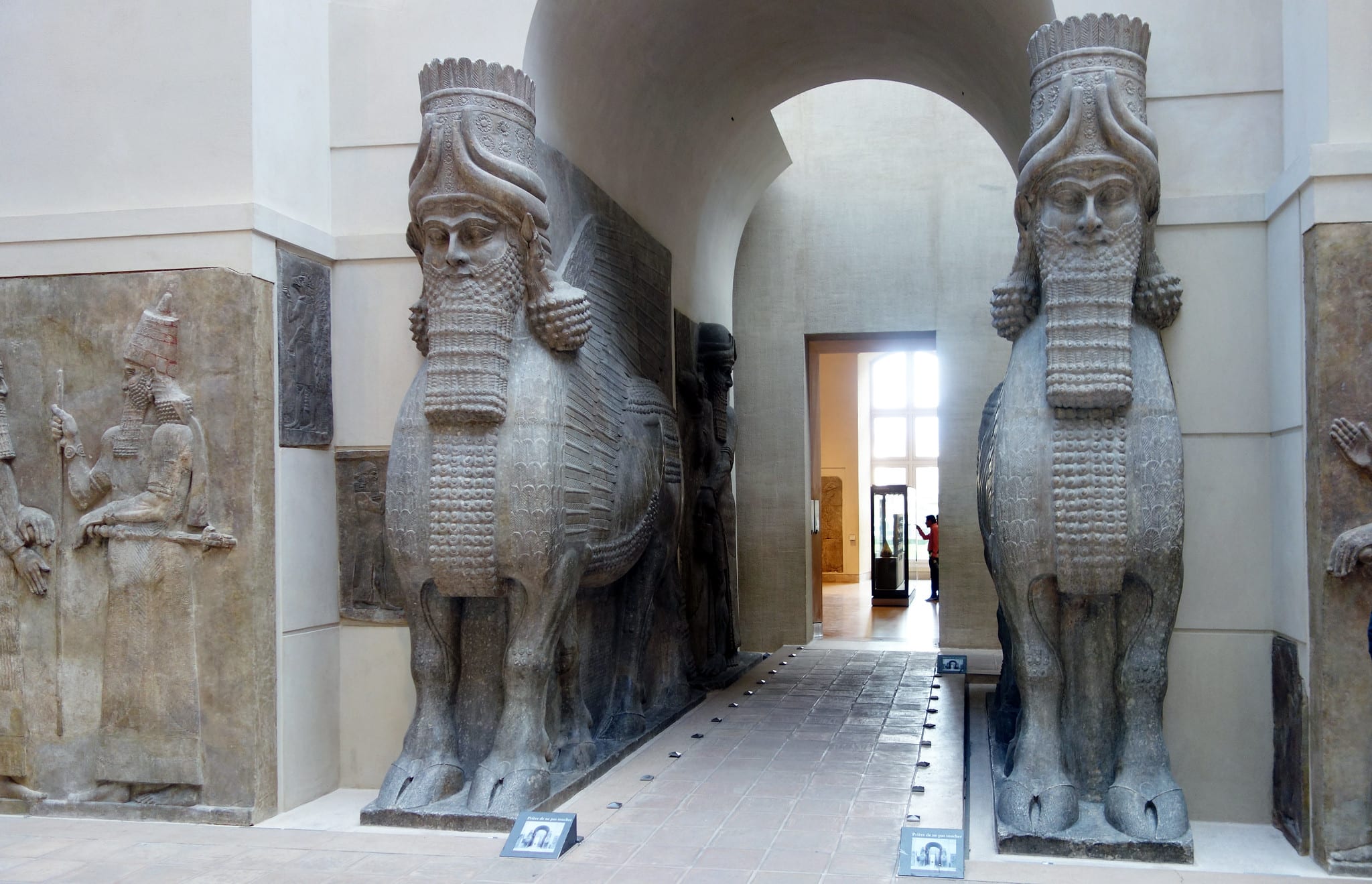
Positioned at the entrances of palaces and city gates, the Lamassu served as divine guardians. They embodied the power and protection of the Assyrian gods and were believed to repel evil forces and hostile invaders, ensuring the safety, order, and prosperity of the empire.
